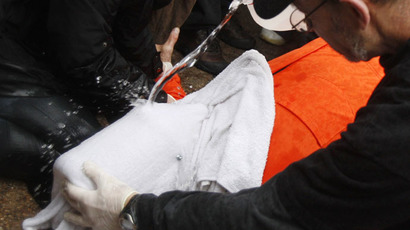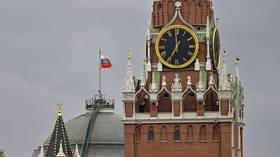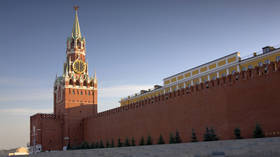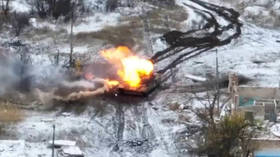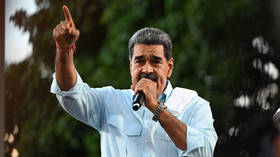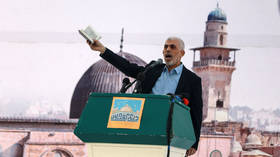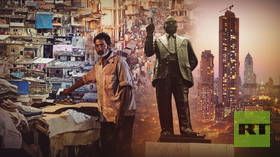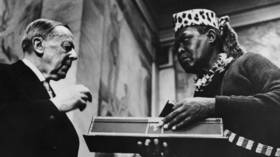CIA took nude photos of detainees before rendition to torture sites – report

In the early days of the war on terror, the CIA snapped nude photographs of terrorism suspects it had detained, before sending them to torture sites in Libya, Egypt, Syria and elsewhere, according to a new report.
The “gruesome” images are part of a classified trove of pictures that are still stored by the CIA, and reportedly depict detainees who are “blindfolded, bound and show visible bruises. Some photographs also show people believed to be CIA officials or contractors alongside the naked detainees,” according to the Guardian.
According to the newspaper, the photographs were taken as part of an effort to document the conditions of the detainees before they were sent off to torture sites operated by foreign countries allied with the US. The images were meant as a way to protect the CIA from any legal or political blowback in the event that a detainee’s treatment was brought to light or questioned in the future.
“Photographing or videotaping detainees in US custody unrelated to the processing of prisoners or the management of detention facilities can constitute a violation of the laws of war, including the Geneva conventions, in some cases,” Nathaniel Raymond, a detainee abuse expert at the Harvard Humanitarian Initiative, told the news outlet. “Any evidence that the CIA or any other US government agency intentionally photographed naked detainees should be investigated by law enforcement as a potential violation of domestic and international law.”
The number of detainees subjected to the photo-taking practice is not known at this point, but human rights groups believe that at least 50 people have been captured and sent to other nations as part of the CIA’s “extraordinary rendition” program.
However, it wasn’t just the extraordinary rendition program that involved nudity. A Senate investigation into the CIA’s torture program found that agents could – at their discretion and without approval from agency headquarters – “strip a detainee naked, shackle him in the standing position for up to 72 hours and douse the detainee repeatedly with cold water.”
One detainee was stripped naked except for a sweatshirt and then “shackled to the wall of his cell in a position that required the detainee to rest on the bare concrete floor.”
In 2005, a Justice Department official argued that stripping detainees bare was meant to cause “psychological discomfort, particularly if a detainee, for cultural or other reasons, is especially modest.” In a memo, the official argued that forcing detainees to strip did not count as “implicit or explicit sexual degradation.”
Trump supports torture, where do other candidates stand?https://t.co/ZR58i6AHXHpic.twitter.com/z4Rnby4vxv
— RT America (@RT_America) February 17, 2016
While the Senate’s report revealed much about the CIA’s post-9/11 behavior, it did not delve into the extraordinary rendition program. One footnote mentioned that photographs of detainees were taken, but it didn’t note that anyone had been stripped bare.
President Barack Obama issued an executive order banning torture early into his first term, requiring CIA interrogators to only use humane methods as outlined by rules followed by the US military. When it comes to extraordinary rendition, though, the US can still render detainees to other nations after seeking "assurances from the receiving country" that no torture would be performed.
